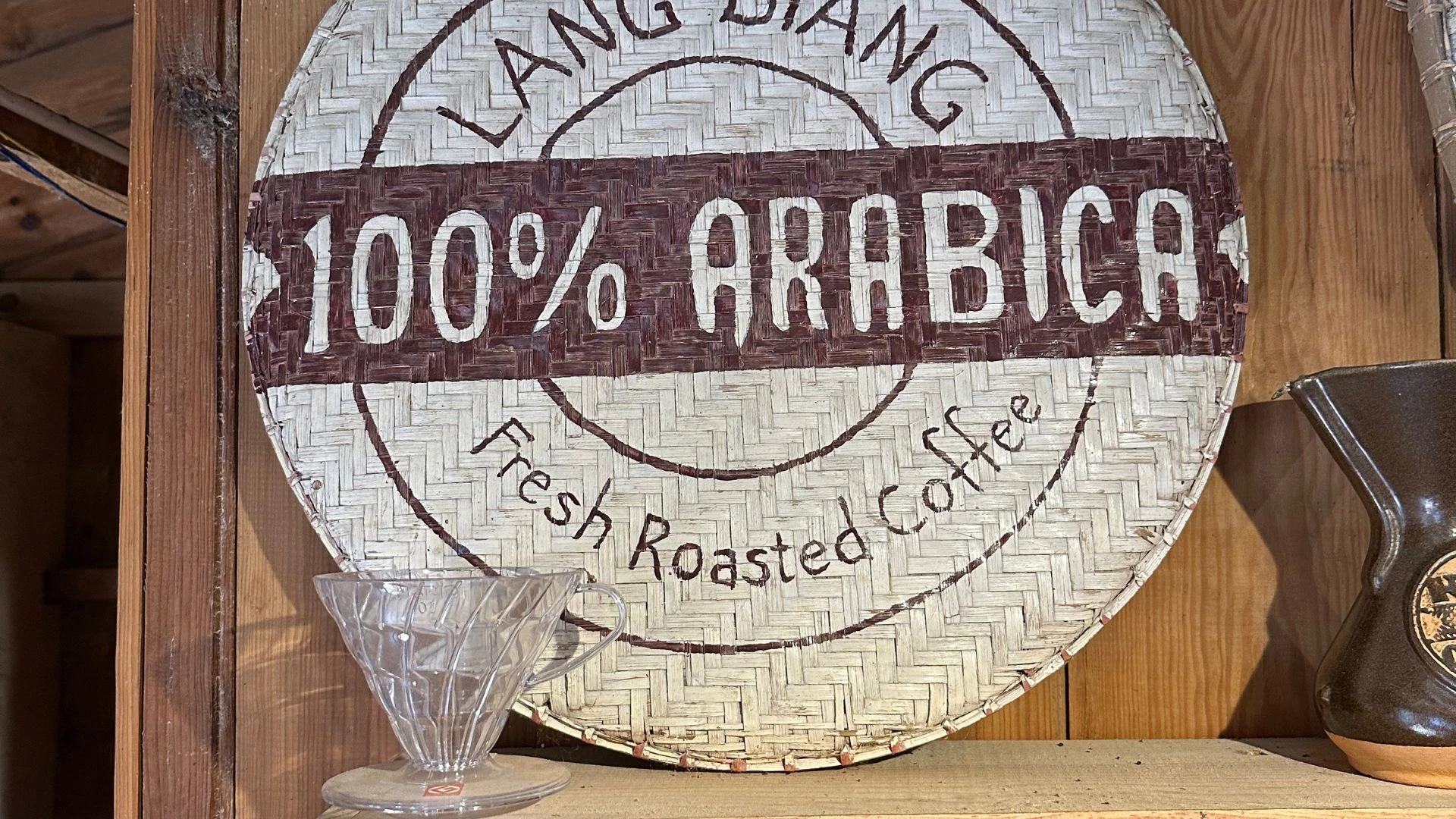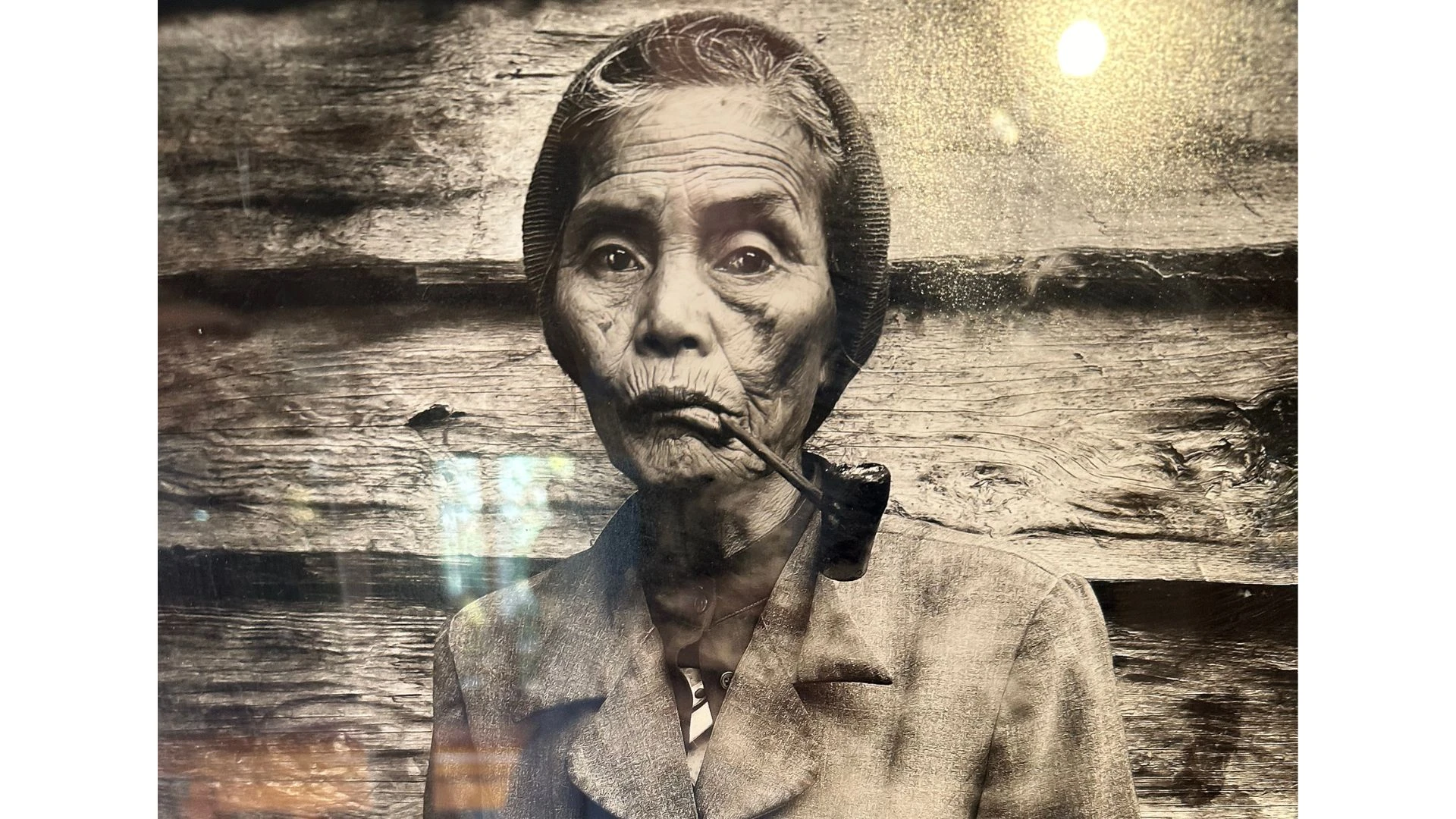Introduction
Vietnamese coffee has gained international popularity for its rich flavors, unique preparation techniques, and cultural significance. Known for its distinct taste and texture, Vietnamese coffee stands out from other coffee traditions due to its characteristic ingredients, like sweetened condensed milk and the traditional phin filter. These elements give Vietnamese coffee a creamy and intense flavor, making it a unique experience compared to the more commonly known black or espresso-based coffees.
The phin filter, a small metal brewing tool, plays a crucial role in creating Vietnamese coffee’s signature flavor. Unlike drip coffee makers or espresso machines, the phin filter allows coffee to drip slowly over condensed milk, resulting in a concentrated and balanced flavor. This method, combined with Vietnam’s preference for robusta coffee beans, adds depth and a slight bitterness, which is softened by the sweetness of condensed milk. This combination has made Vietnamese coffee not just a beverage but a cultural staple, symbolizing moments of relaxation, social interaction, and community in Vietnam’s vibrant café culture.
Historical Background of Vietnamese Coffee

• Origins of Coffee in Vietnam
Coffee was introduced to Vietnam in the 19th century by French colonists, who brought the beverage as part of their European lifestyle. Initially grown in small amounts, coffee production soon expanded as French colonizers recognized Vietnam’s ideal climate for growing coffee beans, especially in regions like the Central Highlands. The colonial influence spurred the development of coffee plantations, laying the foundation for what would become a key agricultural industry.
• Vietnamese Coffee Industry Today
Today, Vietnam is one of the largest coffee producers in the world, ranking just behind Brazil. The country is particularly known for its production of robusta beans, which are widely used in instant coffee due to their strong flavor and higher caffeine content compared to arabica beans. However, Vietnam also grows arabica beans, particularly in regions like Da Lat. Coffee exports now play a significant role in Vietnam’s economy, supporting millions of farmers and contributing to the country’s global trade influence.
The Role of Coffee in Vietnamese Culture

Social Significance of Coffee
• Coffee holds a vital place in Vietnamese social life, where it has become more than just a drink – it is a means to connect, relax, and socialize. Vietnamese coffee shops are popular gathering places, ranging from trendy city cafés to traditional street-side spots where people meet to talk, read, or simply watch the world go by.
• This social role of coffee has shaped Vietnamese daily routines, becoming an integral part of the culture where enjoying a cup of coffee is a cherished moment of the day for many.
Café Culture and Traditional Vietnamese Cafés
• Traditional Vietnamese cafés, known as cà phê vỉa hè or “sidewalk cafés,” provide a unique and authentic experience. These small, often humble cafés are set up on the sidewalks, allowing patrons to sit on low plastic stools, enjoying their coffee while observing the vibrant street life.
• These sidewalk cafés are not only affordable and accessible to everyone but also carry a charm that makes them a beloved aspect of Vietnamese coffee culture. Here, locals and visitors alike gather, embracing a tradition that combines simplicity, hospitality, and a love for coffee in an inviting and relaxed setting.
Unique Flavors and Types of Vietnamese Coffee

Traditional Vietnamese Coffee with Condensed Milk (Cà Phê Sữa)
Traditional Vietnamese coffee, known as cà phê sữa, is a unique and beloved drink that combines strong, dark coffee with sweetened condensed milk. This combination creates a rich, creamy, and slightly sweet flavor that has become iconic in Vietnamese coffee culture. Brewed slowly with a phin filter, cà phê sữa showcases the boldness of Vietnamese coffee beans while balancing it with a velvety sweetness from the condensed milk. This signature flavor has earned cà phê sữa its reputation as a cult classic, widely enjoyed both in Vietnam and internationally.
Iced Vietnamese Coffee (Cà Phê Đá)
Cà phê đá, or iced Vietnamese coffee, is a refreshing take on traditional Vietnamese coffee, especially popular in Vietnam’s hot and humid climate. The drink is made by pouring freshly brewed phin coffee over ice and adding condensed milk for sweetness, creating a cold, energizing drink with a rich coffee flavor. The brewing process can also incorporate methods like a French press or other drip methods to achieve the perfect taste and consistency for iced coffee lovers.
Other Variants and Regional Favorites
Vietnamese coffee offers a range of creative variations that highlight local flavors and ingredients. Some popular regional twists include coconut coffee, where coffee is blended with creamy coconut milk for a tropical flair, and salted coffee, a savory-sweet combination that provides a unique taste experience. Another favorite is yogurt coffee, which pairs the acidity of yogurt with the boldness of coffee, resulting in a surprisingly delightful combination. These variations reflect Vietnam’s culinary creativity and the diverse ingredients available in the region.
How to Make Vietnamese Coffee at Home

Essential Ingredients
• To make traditional Vietnamese coffee, you will need a few key ingredients: authentic Vietnamese coffee beans (typically robusta for its strong and bold flavor), sweetened condensed milk, and a phin filter. These elements create the characteristic richness and sweetness that set Vietnamese coffee apart.
Step-by-Step Brewing with a Phin Filter
1. Place the phin filter on top of a heat-resistant glass or cup. Add about 1-2 tablespoons of ground Vietnamese coffee into the phin.
2. Press the filter press lightly over the grounds to even them out.
3. Pour a small amount of hot water (just enough to wet the grounds) and let it bloom for 30 seconds.
4. Gradually fill the filter with hot water, cover, and let it drip slowly. The entire process should take about 4-5 minutes for a full extraction.
5. Once finished, stir in 1-2 tablespoons of condensed milk (or to taste) for a creamy, sweet experience.
Tips for Achieving Authentic Vietnamese Flavor
• For a truly authentic taste, choose high-quality robusta beans, which are known for their bold and earthy flavor. Adjust the amount of condensed milk to control sweetness, and experiment with brewing times for a stronger or lighter flavor. Serving over ice can also enhance the coffee’s refreshing qualities, especially in hot weather.
Conclusion
Vietnamese coffee holds a unique place in the world of coffee due to its rich flavors, diverse brewing methods, and cultural significance. The tradition of enjoying coffee, whether at bustling sidewalk cafés or at home with a phin filter, has created a strong coffee culture that reflects Vietnam’s history, creativity, and social fabric. Vietnamese coffee’s distinct taste, often enhanced by sweetened condensed milk and the slow brewing process, sets it apart from other types of coffee and offers an experience that is both bold and comforting.
For those seeking a taste of Vietnam’s coffee culture, brewing Vietnamese coffee at home can be a delightful and immersive experience. Using a phin filter, authentic Vietnamese coffee beans, and exploring different flavor combinations allows anyone to enjoy a cup that is both unique and connected to tradition. Try Vietnamese coffee yourself and discover the rich, aromatic world of flavors that have captivated coffee lovers around the globe.

